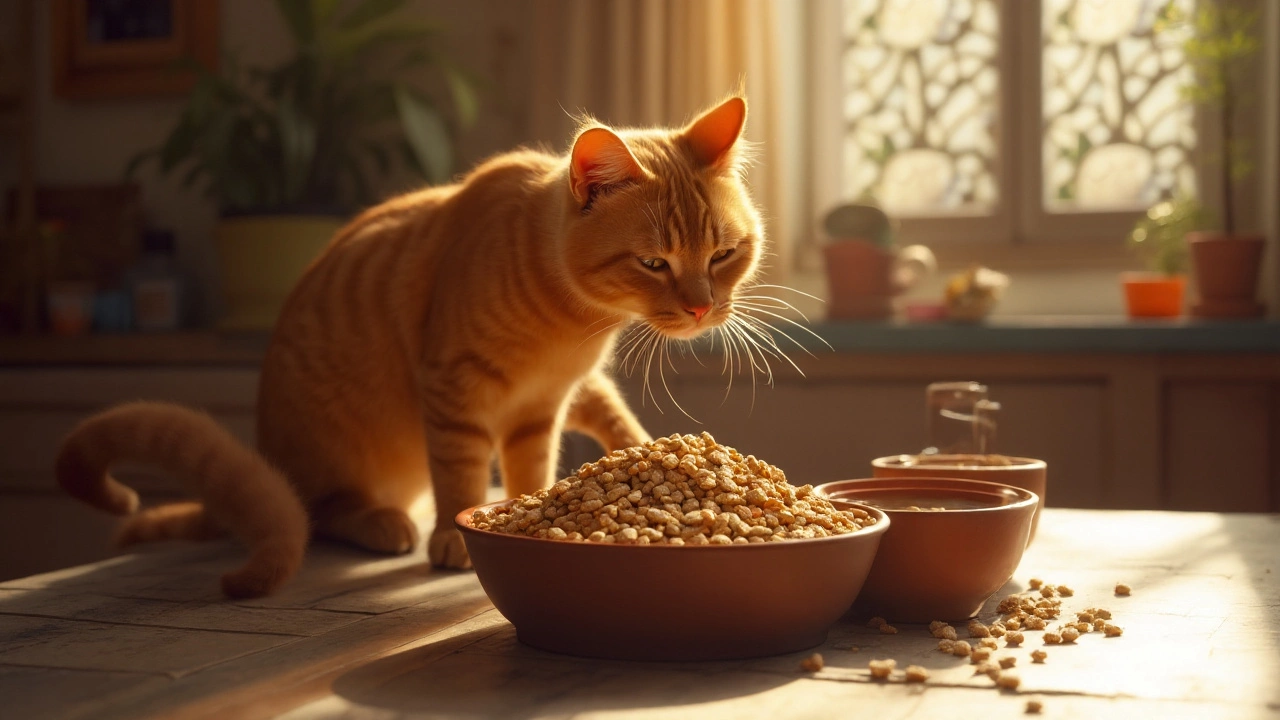Cat Health – Simple Tips for a Happy, Healthy Feline
When it comes to keeping your cat in top shape, the basics matter most. Fresh water, balanced meals, and regular vet checks are the foundation. You don’t need fancy gadgets or exotic diets—just a solid routine and a bit of know‑how. Below you’ll find quick ways to boost your cat’s wellness without spending hours reading long articles.
Feeding & Nutrition Made Easy
Most cat owners wonder how much to feed and whether to mix wet and dry food. The short answer: give a mix if your cat likes it, but watch portions. Wet food adds moisture, which helps kidney health and keeps cats hydrated. A 10‑lb cat usually needs about 4‑5 ounces of wet food per day, split into two meals. If you add dry kibble, keep the total calories in check—roughly 200‑250 kcal per day for an adult.
Mixing wet and dry isn’t a trick; it can improve texture variety and keep picky eaters interested. Just make sure the dry food is high‑protein and low‑carb. Avoid grain‑heavy formulas unless your vet says it’s okay. When you’re changing foods, do it gradually over a week to prevent stomach upset.
Common Health Concerns You Can Spot Early
Weight changes, litter box habits, and grooming behavior are easy markers of health. A sudden drop in appetite or a litter box that’s suddenly messy could mean dental pain, urinary issues, or stress. Check your cat’s teeth weekly; yellow plaque or bad breath often signals a problem that needs a vet’s attention.
Another common worry is whether wet food helps cats live longer. Studies show that cats on wet diets tend to stay better hydrated, which can support kidney function—a big plus as they age. Pair wet food with regular water bowls, and you’ll give your senior cat a better chance at a longer, healthier life.
If you notice frequent vomiting, coughing, or sneezing, it’s worth a quick call to the vet. These can be signs of allergies, infections, or even early heart disease. Early detection makes treatment easier and often more affordable.
Putting these tips into practice doesn’t require a major overhaul. Start by reviewing your cat’s current feeding schedule, add a splash of wet food if you’re only feeding dry, and keep an eye on weight and bathroom habits. A short, regular vet visit each year rounds out a solid health plan. Your cat will thank you with more purrs, playful moments, and a longer life by your side.

Can Cats Live on Dry Food Alone? Pros, Cons & Best Practices for Feline Diet
Do cats thrive on dry food only? Learn the facts, science, pros and cons of an all-dry kibble diet for your feline, and what vets really say about it.
read more



